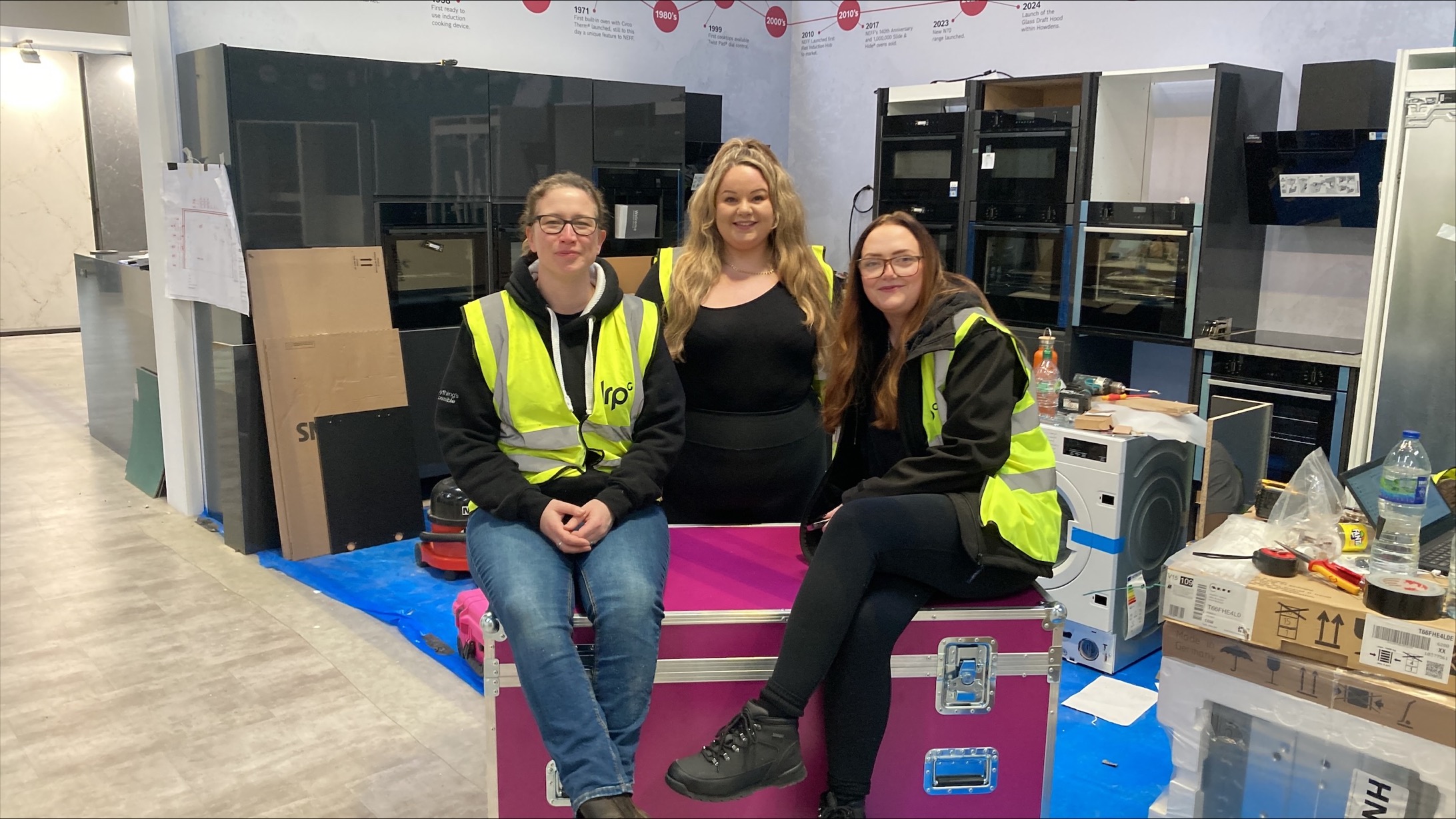It is getting to the time of year where everyone is looking back, reflecting on the year past, but it's also the perfect time to look forward to what is coming and 2020 is set to be an exciting year for the digital and communications industries. We take a look at some of the biggest tech trends on the horizon...
Digital Overhaul
A concept that has been hanging around organisations like a bad penny over the past few years is “Digital Transformation”. Large organisations have entire teams of people dedicated to this process from the large multinationals to the small start-ups. However, 84% of these endeavours fail due to insufficient resourcing, a lack of understanding or refusal to engage with the external factors at play in this space. We feel 2020 will see the beginning of the digital overhaul. We’re at a tipping point where both our employees and customers tolerance for lacklustre digital systems and interactions is wearing thin. We believe that next year, with the maturation of so many digital engagement technologies, there will be a slew of organisations getting the experiences right. This is going to set a new benchmark for tolerance amongst our audiences and force the hand of many large organisations to investigate and then invest in a suite of digital offerings fit for the next 10 years. AR, VR and of course AI will need to become part of the mix and the companies which throw off the shackles of risk will be the real winners.
Virtual Presence
2020 will be the proving ground for VR tech and its ability to provide elevated experiences at live events and in the workplace. Facebook developed “Spaces” to much fanfare before very quietly, on 25th of October, they shut it down and promised an even more all-encompassing VR experience dubbed “Horizon”. In conjunction with rising stars like Decentraland and the continuous AR mapping of our entire world so eloquently described in the Wired article Mirrorwold, we are going to see organisations en-masse begin to either start developing or fully realise their VR strategies. With the announcement that the next Half-Life game, with its rabid cult following, is going to be exclusively on VR, all the signs point to a growing external expectation for virtual experiences that we’ve yet to see. Add in Microsoft Holo-Lens and it’s “Holo-Portation” concept and we have the makings of a burgeoning VR landscape which will touch everything from workplaces, to events, to the way in which we meet and interact with people across the globe.
Confluence of AR Worlds
Augmented reality is nothing new, but the current reputation it is enjoying most definitely is. We are at the point now where AR is regularly on the table when discussing campaign marketing. It is a mainstay at live events and Tim Cook, Apple CEO, even intimated he considers the iPhone to be much more an AR device than a traditional phone. What we’re going to see next year and beyond is a comprehensive linking of all the various AR worlds being built in the background. We have city infrastructures being mapped, marketing networks being created and even granular solutions like commercial building mapping that lets you know about vacancies in hotels by AR scanning the windows of that same hotel. These worlds linking and becoming accessible via one platform is the future of AR, but next year we are going to start to see AR partnerships, cross selling across platforms and more concerted consumer use.

This is something we are already doing at DRPG with our Christmas game Reindeer Racer downloadable on the App Store and Google Play. For the downloadable AR marker, click here.
The Prediction that 5G will be Unpredictable
5G is live, available in only select areas of the UK as we roll it out geographically and across carriers but live none the less. So far, the conversation has revolved around being able to download a film to your phone in seconds and debate around the usefulness of such an ability. This of course is the tip of the iceberg with 5G. Without it, city-wide autonomous driving is a pipe dream, and only now can the internet of things and smart cities actually reach anything like their potential to transform the way we live and work. What we can’t predict, is the platforms, tools and products that will be born out of 5G foundations. The digital content revolution delivered by 3G and the gig economy built on the back of 4G are two examples of transformed aspects of our lives that were totally unpredictable until developers and entrepreneurs saw the potential of the increased signal strength. We’re going to see innovations off the back of 5G that are as yet unquantifiable.
 The Crowdsourced Future
The Crowdsourced Future
The ugly truth about the automation and burgeoning AI technologies is that they both eat jobs. Whether or not the responsibility to manage the transition out of obsolete jobs into new fields falls at the feet of government or the private sector is a debate that will continue for years to come but one thing is for certain; if we don’t get it right it will lead to social unrest. One tool that will be used to facilitate change in this field is the humble crowdsourcing platform. Currently the domain of fundraising, these platforms are going to be used more and more to crowdsource expertise and even components of projects for market delivery. Our own research is demonstrating a massive surge in people looking to complete “micro-degrees” in niche services, especially AI and autonomous piloting. These individuals and others will be perfectly placed to start offering out their services at a transactional level. If just 10% of the people using Facebook today coughed up 10 pence into a crowdsourcing fund, you could buy enough development expertise to make and run an ad free version and in just a few months. The power of this technology to transform the way organisations approach recruitment and product/project development is staggering. I think considering the rewards, we’re going to start to see it catch on next year in tech driven sectors before becoming mainstream in years to come.











